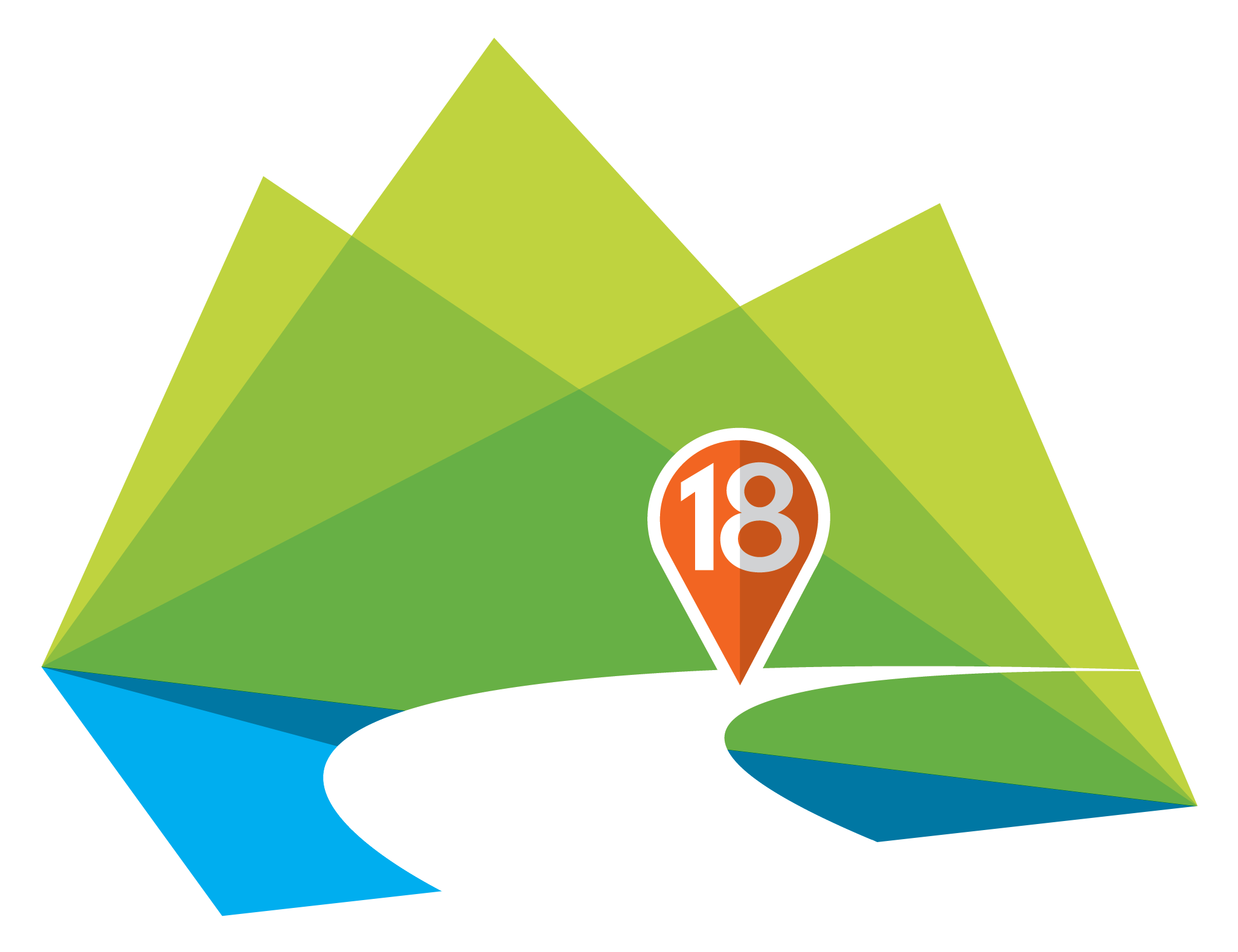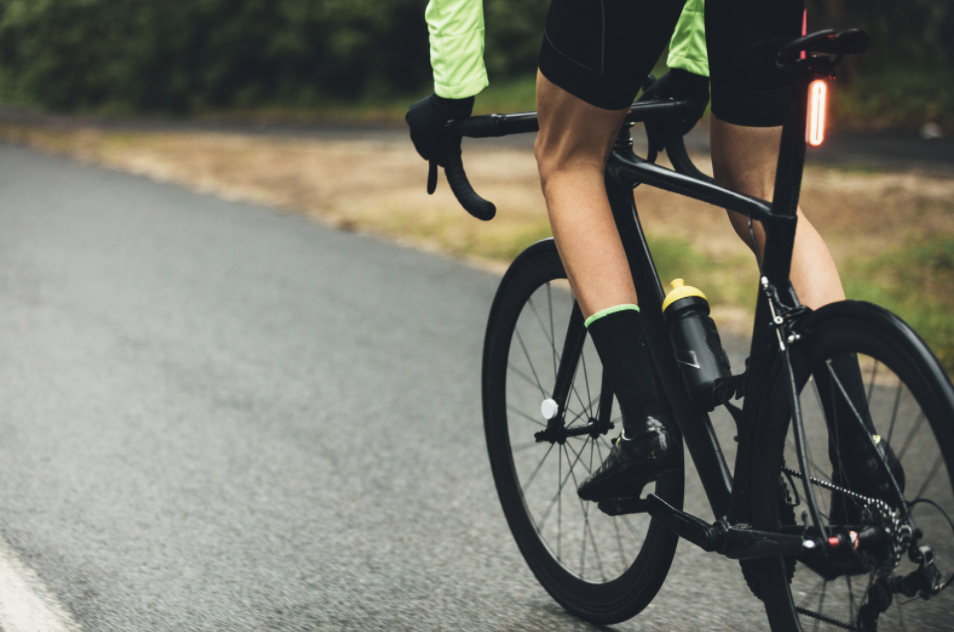Long Bike Rides – How to Build a Peak Cycling Mileage Week
https://www.mile18inc.com/wp-content/uploads/2021/05/Screen-Shot-2021-05-14-at-08.41.12.png 954 632 Patrick Patrick https://secure.gravatar.com/avatar/d405f61df9c0f471267e56174fca0b89?s=96&d=mm&r=gWhenever you are training for a big ride day — whether that’s a grand fondo, something like the Phoenix Double Century Challenge, or just your own adventure – there’s a block dedicated to peak miles. It’s part of your Long Ride Preparation.
This is the week, two weeks, or perhaps even three weeks (depending on your fitness and the ambitions you have for the big day) where you really add additional training time. These are your biggest mile weeks.
Sometimes it’s just a weekend or a few days. Or maybe you are going big and making the whole week a volume focus. Whatever it is, hitting peak miles in your training is both an opportunity and a challenge.
The Mental Side
From a mental perspective, those peak weeks are designed to test your resolve. Being successful at these longer events requires you to knowingly enter a space where things are going to be tough. Where you understand that you’re going to be challenged. And not just your life choices, but also: route choices, pacing choices, friend choices, course choices, etc.
Is this really a good decision?
Part of the reason we do these peak weeks / peak miles is to recalibrate you mentally for the challenge of the big day. As an Ironman triathlete, I know I have to ride 112 miles on race day.
So my peak weeks would have me doing double that mileage in terms of total training volume. And I would also go out and do a 130-mile ride or 150-mile ride once a season. This is part of that mental reset. If I can do 150 miles and be on my bike for eight hours, I can easily ride 112 miles.
The Self Assessment
After eight hours, five hours sounds positively reasonable! That’s a key part of these peak weeks. As you proceed through this peak block, do a quick self-assessment to see where you’re at and then keep a blog or keep a log and know, Hey, how am I struggling?
These notes are the counterpart to your ride data. Log them where you can refer to them. If you’re preparing for another long ride, it’s really helpful to be able to go back and look at your notes from the last one. What worked? What didn’t? You can now implement those changes.
The Physiological Challenge
On the flip side of that, we have that physiological challenge. While mental challenges can have you up and down, physiological challenges can derail the whole peak week and really sets you back if you aren’t careful.
Think about handling the peak miles from a physiological perspective in three critical ways.
Number One: Make it Achievable
We want it to be a stretch goal, but not like a stretch goal with a gap that we have to jump over. On our bike and pray that we make the other side. And if we don’t, we may be broken. That’s a bridge too far and not one that we want to cross so early in the season.
If your average weekly mileage has been 150 miles, that stretch goal might be 250 miles. It’s just another a hundred miles. That’s one long day. It’s two medium-long days.
If you can modify your week, then you can add riding on top of the regular rides that you have. This could be just as easy as saying I’m going to ride in the morning, my normal ride. And then in the evening, I’m going to do a bonus 20 miles on the trainer or around the neighborhood to add that extra a hundred miles between Monday through Friday.
And in other cases it may be, I’m going to go out to some specific location and do a, a century ride or something similar on terrain that’s applicable to my event or whatever it may be, whatever it is, understanding that, that. Delta between where you are now and where do you want to be?
It has to be a step change, but a step that you can reach. So it’s challenging enough, but not over challenging.
Number Two: Pace Properly
We have to maximize the pacing long ride pacing, especially early season. Pacing should be biased towards a negative split.
When I look at the ride files of athletes and the early season rides, they almost always want to hit the ride hard.
Peak 20 minutes or peak 30 minutes for heart rate? It’s almost always is located to the front the data file because we’re full of energy. We’re full of ambition. That first hill? We hit it. This is not the recipe for success in a peak week.
Rather we want all of these miles to be steady. And then the last portion, the last 20% last 25% — if you’re feeling good — can show a little bit of flash, a little bit of effort. That’s where we start to separate out from the baseline training and all the riding. And the beginning of the first 80% was just to set you up for that last 20% where we make the fitness.
That’s where the fitness happens. It happens at the end. So bias yourself through pacing towards a strong finish in these peak week miles, whether it’s individual rides or just all the rides across the block of the week. Super important. And then finally, The third part of this handling peak weeks is around recovery.
Number Three: Recovery Mode
When you’re in long ride peak week mode, recovery becomes critical. Not just recovery on a macro perspective, but on a post-ride perspective. We have to get it right, because during peak weeks, there’s not a lot of time between these critical sessions.
If you’re doing four hours today and four hours tomorrow, and you started at 8:00 AM and you’re done at noon, you can start at 8:00 AM tomorrow. You’ve only got 20 hours left. And you’re going to sleep like seven or eight of those hours.
So you’ve only got 12 hours left to do stuff to get you ready for that next day. So the recovery piece is part nutritional. It’s part hydration, making sure you’re refueled afterwards. It’s self-care in terms of stretching or recovery boots or compression tights or whatever you use. It’s also part scheduling, making sure that the rest of your day is not full of work that’s going to exhaust you doing a long ride. So skip that four-hour yard work project!
Remember, don’t go too big with the peak weeks. Be smart. If you do it just right, you will peak at the right part of your training and be ready for the big day.
Good luck and ride on.

